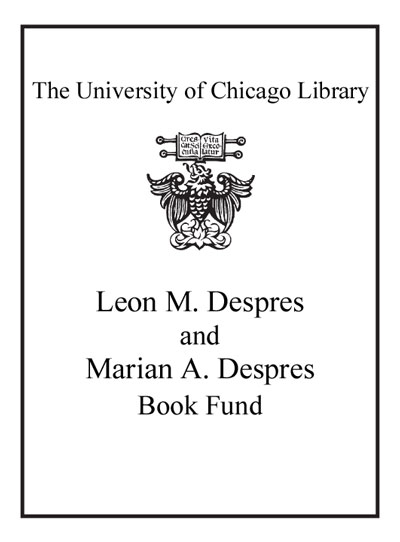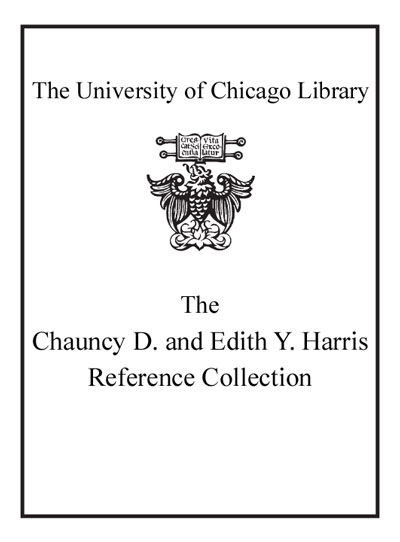Review by Choice Review
Davis (independent scholar) looks at Hyde Park, long an incubator of ideas for scholars, writers, athletes, religious leaders, politicians, and others. Covering 150-plus years, she goes beyond the 1856-1910 period of Jean Block's Hyde Park Houses (1978), to which she pays homage. Arranged chronologically and geographically, Davis's book--replete with remarkably clear black-and-white photographs of extant and demolished buildings--includes vignettes of nationally or locally famous persons. Davis covers Italianate, neo-Gothic, Tudor Revival, International, and other favored architectural styles. She emphasizes the importance to Hyde Park-Kenwood of the University of Chicago, the 1893 World's Columbian Exposition, and the post-WW II suburban flight, rise in crime, and recognized need for urban renewal. Commercial enterprises or institutions often supplanted earlier residences. As in many other US urban areas, integration replaced segregation, though more successfully here than elsewhere. The book's descriptive captions, amplified by accompanying essays, will satisfy most consumers of local and architectural history. The only other current and comparable book on this topic, Max Grinnell's Hyde Park, Illinois (2001), is portable and hence more suitably designed--though less comprehensive--for those visiting the still-existing structures or their locations. Appendix with brief biographies of architects; indexes of subjects and of buildings by street address. Summing Up: Recommended. Lower-level undergraduates and above; general readers. F. J. Augustyn Jr. Library of Congress
Copyright American Library Association, used with permission.
Review by Choice Review


